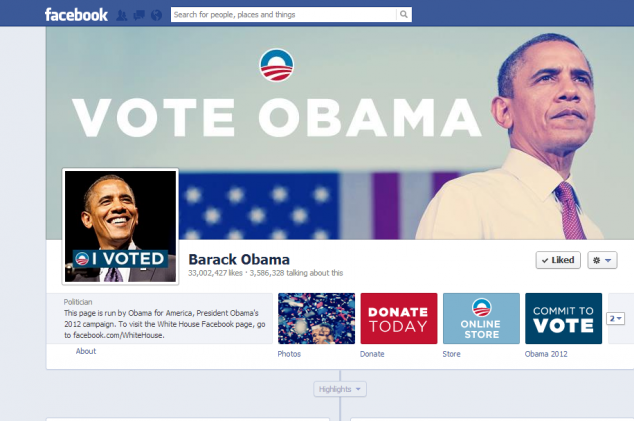Working as a PR professional on a political campaign always brings an additional set of challenges. The gist is the same – you are here to preserve somebody’s reputation, create awareness and mitigate risks. The only difference is that your primary job is to influence the public opinion.
? Read Media Monitoring: The Ultimate Guide
When starting a campaign, a good and thorough preparation is the key. The more information you have, the easier it will be for you to operate on any level. And if there is one asset that provides a large amount of information – it’s media monitoring.
Here’s our political campaign checklist – a set of tasks to keep in mind with tips on how media monitoring tools help.
Pre-Campaign
The first part of the political campaign checklist should be actions you need to ensure before the campaign starts.
Read PR in Politics: 5 Key PR Steps to Keep You on the Right Track
Assemble the team
The starting point of any political campaign checklist is finding the right people. When assembling your PR team, it’s essential to go back to the very aim of political PR. And that is, ultimately, to convey information in a specific way and to shape public opinion. It is a multi-layered job which combines reputation and crisis management, research, analysis and top-notch communication. In this context, PR professionals are here to create an understanding environment, mediating between politics, the media and the general public.
Therefore, doing PR for a political campaign requires a very special set of skills. Here are some of them:
Communication and presentation skills
When doing PR in a political campaign, you represent the voice of the designated candidate or party. Therefore, it’s crucial that your entire communication (involving public speaking, if required) is extremely professional, knowledgable and in line with who you’re representing. And the main prerequisite for that is the ability to understand the position of the political candidate and to empathize with their audience.
Writing and research
Comprehensive writing and research skills are an absolute must for this position. In addition, you will need to have perfectly developed skills in writing different types of texts. These are, for example, press releases, memos, social media posts or even speeches.
Actually, the majority of your time will be spent writing press releases about your candidate or party. And these need to be impeccable, since they represent the entire campaign. They need to be written very clearly. Also, the messaging should be powerful, so that the audience can remember it easily.
The same goes for speeches, if it happens so that you get this task as well. They will require an additional degree of understanding the problematic and the target audience you’re aiming.
In this context, media monitoring and social listening can help you learn more about the political candidate. Primarily, how they’re perceived by the public and what kind of reputation they nurture. After inserting the candidate’s name as a query, you’ll get access to a sentiment analysis graph, the influence of the media mentioning their name, words most frequently used along with the name, etc.
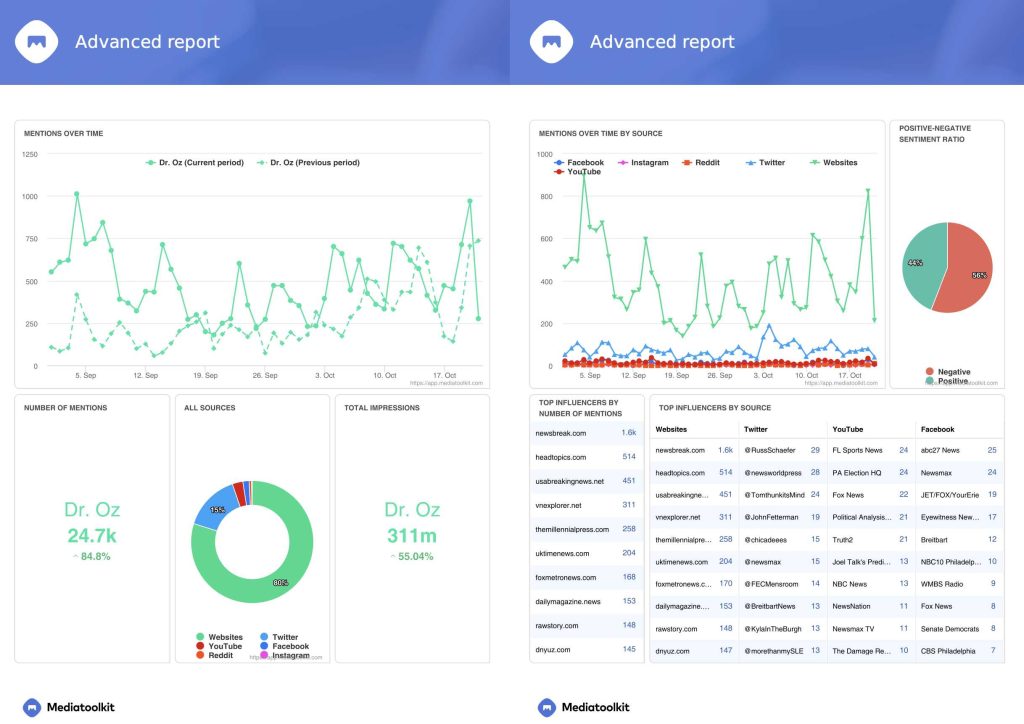
This will give you the access to valuable information you can use to decide upon the course of the campaign. Not to mention that you can pinpoint pain points that need to be addressed.
Read Improve your political campaign with media monitoring
Knowledge of social media platforms
4.70 billion people around the world use social media. This is around 59% of the total global population. With these numbers in mind, it is easy to understand why there was a huge increase in digital political advertising spend in the US from 2017. ($500 million) to 2018. ($1.88 billion). And the numbers keep on growing. Social media platforms are a fertile ground for presenting ideas, provoking discussions and understanding the voice of your audience.
Though social media platforms may seem as a more informal communication channel, the language still needs to stay professional.
Read Social Media and Politics: 5 Key Takeaways to Learn From
Also, it’s not necessary to be present on all social media channels. Choose the ones that make the most sense taking your target audience into consideration. This is where media monitoring tools can also play a significant role. You can easily see which social media platforms discuss the candidate the most. And you may opt to pay more attention to those.
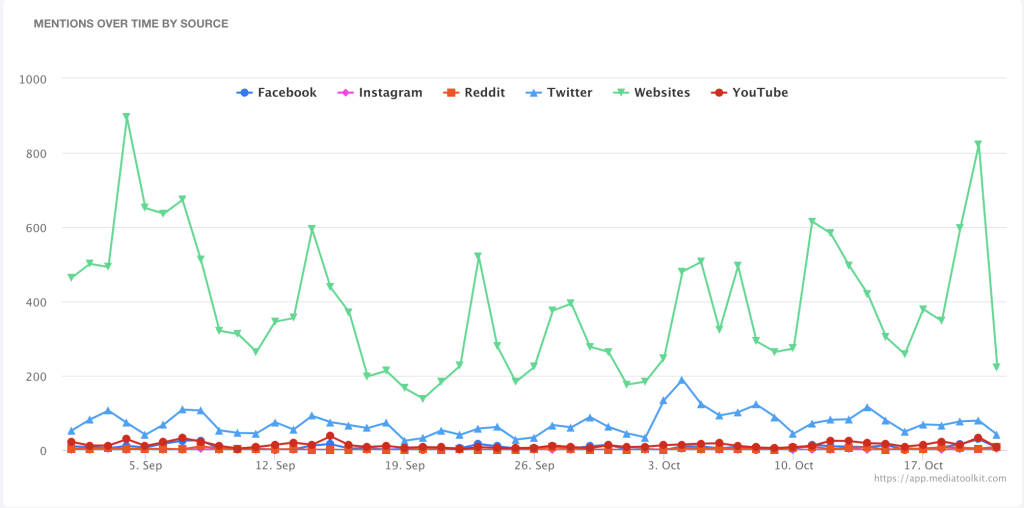
One of the first political candidates to use the power of social media was Barack Obama in his 2008 election campaign. He used the platforms to mobilize the voters, spread awareness and raise financial support for his campaign. Ultimately, he won.
Read The Importance of Political Social Media Strategy
Problem solving and crisis communication
Probably the most challenging part of political PR is crisis communication. And since there’s nothing that corresponds to a sports discipline better during a political campiagn than digging the dirt on your opponents, a crisis is something you can expect every day. As the key communicator in these situations, it is essential to be able to step back, analyze the situation and the potential damage, be as transparent as you can be and stick to the messaging present throughout the whole campaign. It is necessary to try to repair the damage in a manner that will show honesty.
Read Tracking Political Campaigns: Analysis of American Midterms
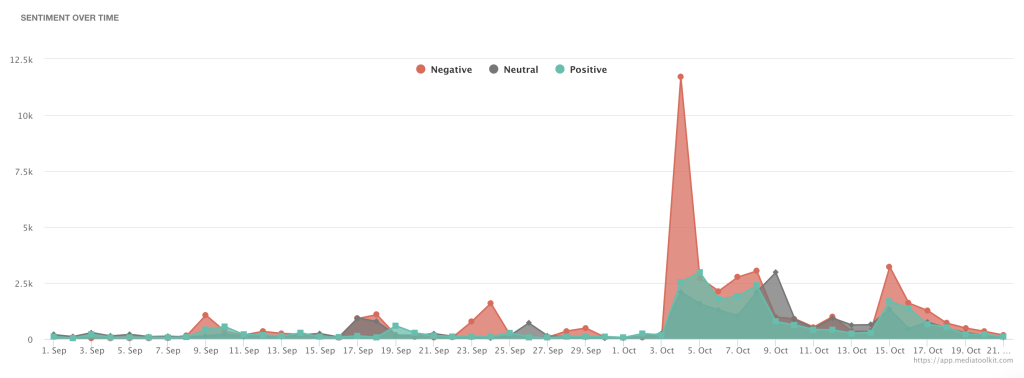
Through a media monitoring tool you can learn a lot about how other candidates handle crises, observe the reactions and maybe use that as in inspiration for your own crisis communciation plan.
Create campaign messages that appeal to voters
When you start a political PR campaign, one thing needs to be very clear – the messages that will be drawn throughout the whole campaign and on all channels.
Drafting the right campaign messages starts from understanding your voters. So the first step when you start to think about campaign messaging is to learn as much as you can about the democratic majority. This includes their demographical data, lifestyle, their issues and interests, pain points and concerns.
Why the trouble?
Because the decision-making process of every single person is closely connected to their desires and perception. The key is in finding campaign messages that speak to your target audience. And by speak, we mean appeal to the core human needs and values.
Much like Obama did during his presidential campaign. He debuted his “Yes We Can” in 2008 and it resonated with the audience to the fullest. Why did it have such an effect?
It enticed a strong sense of personal responsibility. And by doing so, it served as an inspiration for people to get involved in the whole election process and start creating a change.
Connect with the right media
Relationship with the media is one of the pillars of every political campaign. And one of main tasks of every PR professional is to nurture these relationships and engage with journalists and news sources on every occasion possible. This will ensure that they will cover important events, special news conferences and publish press releases.
When looking for the right media outlets, you can also take a look at the reports from media monitoring tools. Determ has a section dedicated to influencers – media outlets which have mentioned a specific topic the most. This can help you discover new media outlets or maybe pay special attention to the known ones that cover the topic the most.
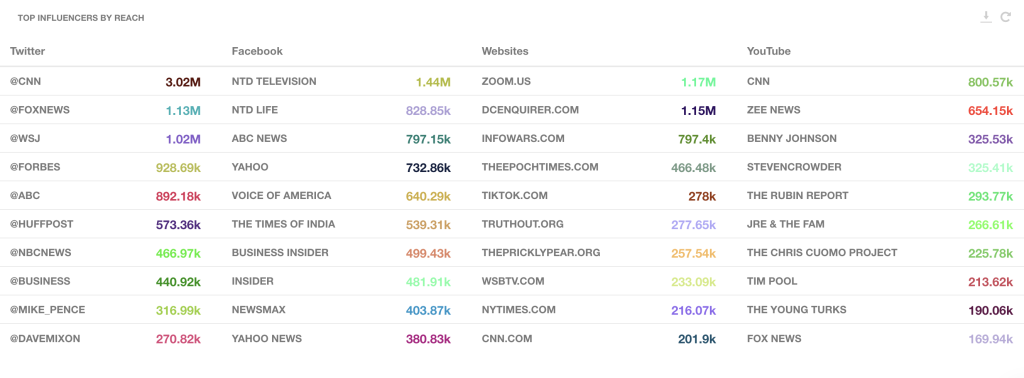
An additional factor to take into account is the type of media you’re engaging with. For example the US FOX is a more conservative media outlet and CNN a more liberal one, and there is a significant difference in how they report on the controversial ex US president Donald Trump, a conservative candidate for the next elections.
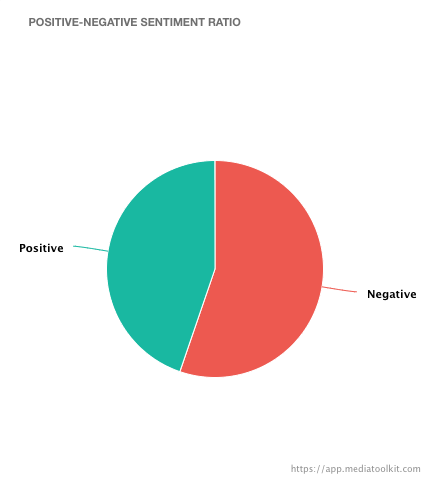
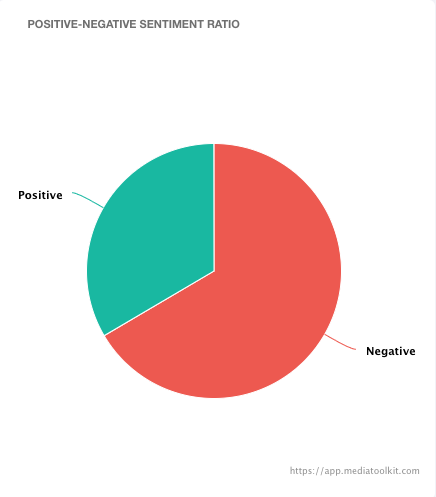
Plan events
An additional aspect of PR that need to be considered before the elections is event management. Every electoral race is comprised of a series of events, be it public speeches, rallies, debates or press conferences. All of this with the prupose of transmitting the campaign message as firmly and as frequently as possible. So in order to stay on the right track it is necessary to create a timeline of events as soon as possible and to start preparing all aspects of the events at once. Make sure to share this timeline with the desired media outlets.
Campaigning
During the campaign the focus of the political campaign checklist should be on tracking constantly what is going on and how your candidate is performing. Apart from that, it is important to stay alert because of the possible crises and to track what the competitors are doing.
Read 6 Election Campaign Ideas That Will Help You Win
Mitigate crises
Crisis managment is a day-to-day job during a political campaign. Being constantly in the spotlight gives a lot of space for potential mistakes, and this is where the PR team needs to be ready. With the opposing candidates constantly digging the dirt, it is extremely important to put out fires whenever there’s a spark.

With media monitoring tools, you have the opportunity to receive real-time alerts, whenever the candidate’s (or the party’s) name is mentioned somewhere online. This is crucial in crisis situations because it gives you one valuable advantage – time. When you receive the news in real-time, you can work out the crisis communication plan immediately, battle fake news and give your client the chance to work out the messaging, gain confidence and be ready for all possible questions arising in the aftermath.
Read Four Crisis Management Steps to Take to Stop a Disaster
Analyze your competitors
During the campaign it is necessary to track constantly what the opposing candidates or parties are doing. While observing the competitors, you get a chance to learn more about their communication methods, observe how they are presented in the media, what the general public thinks and how they tackle crises. All of this can be used to boost your existing campaign – you can learn from their successes and mistakes, or even decide to implement some of the tactics which have a positive impact on the voters.
With Determ, for example, you have an option to conduct a competitive analysis. You can add a queries containing the names of your competitors and set the tracking in the media monitoring tool. As a result, you will get a report comparing the share of voice, sentiment per channels, number of mentions per channels, overall impressions and top media outlets covering each candidate. In this way you can easily notice in what way your competitors are performing better and work on your weaknesses throughout the campaign.
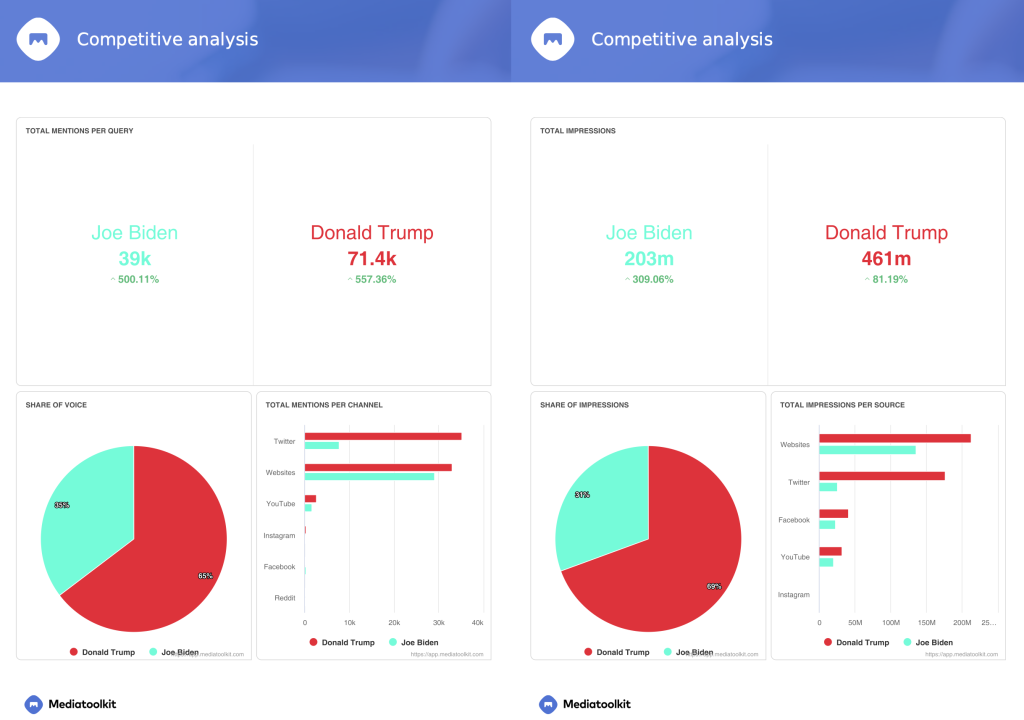
Track press releases
The already mentioned relationships with the media are truly put to the test during the campaign. In this sense, it is must to track how (and if) the media you’re collaborating with follow and report about your candidate. You can do it manually, and it will require a lot of time and effort. But you can also do it with the help of media monitoring and track specific media and particular keywords you use in your press releases to be sure that you were published. This will show you the value of specific channels and help you determine whether the collaboration makes sense or not.
Post-Campaign
Finally, the last part of the political campaign checklist is focused on measuring results.
Measure and analyze your outreach
After you’ve ticked off everything from your political campaign checklist, worked hard on implementing all your plans and finished the campaign, it’s time to revisit the process and analyze. Next to social media analytics, you can use media monitoring reports to get a clearer picture of the course of the campaign. By analyzing this data you will see the overall media coverage you’ve received, the prevailing sentiment, you can observe in more detail how each public appearance went and measure how the public reacted.
To Conclude
A political campaign checklist should be comprised of (at least) three parts – actions done before, during and after the campaign. Within all of these tasks and action plans, a media monitoring tool can serve as an indispensable asset in preserving the candidate’s reputation, mitigating crises, delivering the right message and speaking to the voters. And this is what it all ultimately comes down to – hitting that sweet spot that will make the voters opt for your client.
If you want to find out the full benefits of media monitoring with Determ, book a demo and find a valuable ally for your next elections.
